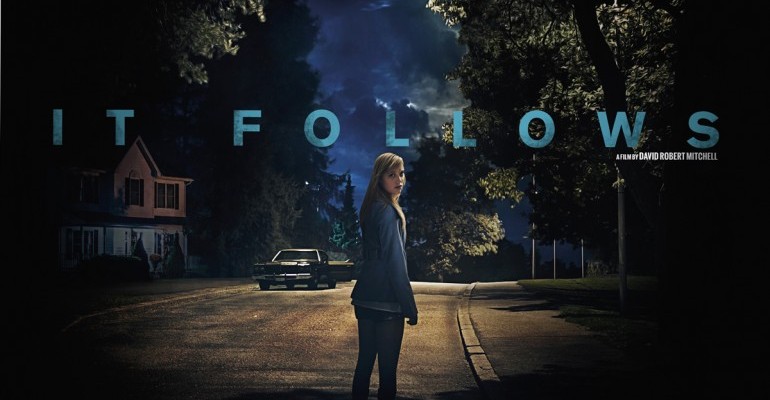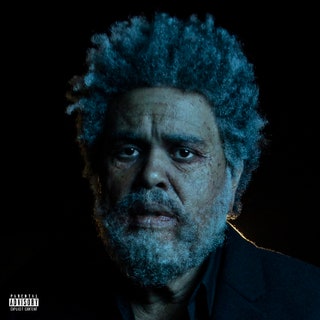Supernatural horror film “It Follows” made its debut at the Cannes Film Festival on May 17, 2014, and received a wide theatrical release on March 27, 2015, following the limited release it received earlier in the same month.
David Robert Mitchell directed the film on a budget of $2 million with a cast consisting of Maika Monroe, Keir Gilchrist, Jake Weary and others. The film has made over $10 million at the box office since its premiere and holds a 95 percent fresh rating on Rotten Tomatoes.
The premise, barring the actual film, walks and talks like the generic late-night thrillers we’ve been getting in film horror for the past decade or more. An unnamed demonic apparition restlessly follows a young woman with the intent of killing her. But the cold, quiet opening that greets the audience sets the nuance for the film’s ensuing two hours. Quick, hard cuts and minimal dialogue strewn about the first five minutes immediately tell the viewers that this isn’t jump-scare central; this is the truly artistic horror film for which everyone has been waiting.
The film’s creators have taken no visual cues from recent horror trends, and that works in their favor tremendously. A classic television-colored sky haunts the scenes throughout and produces only feelings of dread in viewers. Shots are beautifully wrought with pastel hues and the silver of film grain. The hard cuts are rarely accompanied by music or throwaway banter among the young cast, adding a level of immersive cerebral strangeness that scatters any sense of comfort.
It is clear that Mitchell is unafraid of generating aesthetic at the potential cost of the film losing mass appeal. Some may find his visual approach off-putting, but cinematography enthusiasts may rejoice at his affinity for visual ambiance.
The soundtrack is another driving force behind the movie’s distinctiveness. Music only ever accompanies those key moments when you’re digging your nails into your arm rests; as a result, every note is fresh and welcome. Rich Vreeland (a.k.a. Disasterpeace), the composer, seems to have been keenly aware of the film’s simplistic ‘80s slasher narrative as he appropriately took advantage of a chance to implement retro synthesizers not unlike those found in other ‘80s-influenced films such as Nicolas Winding Refn’s “Drive.”
Every musical cue is selective and perfectly timed. Vreeland’s soundtrack, arrestingly loud and thought-scattering, is often paired with narrow, claustrophobic spaces that Jay (Maika Monroe) attempts to navigate to escape “it,” the titular antagonist.
Jay herself is, for all intent, what one might call a viewer insertion character. This might initially cause some hesitation among those who prefer vibrant characterizations, but the horror genre has never been known for having particularly deep or well-developed characters. Mitchell intentionally capitalizes on this to create a character whom the audience can inhabit.
Normally I would not dare approve of any featureless character, but Jay’s featurelessness contributes to what makes the movie horrifying. Every step of Jay’s felt like my own. All of her decisions felt like ones I would have made. It is Mitchells’ intent that the viewer sees through Jay’s eyes and become immersed in this sleepless nightmare scenario.
Though “It Follows” may be the closest thing to a perfect horror movie we’ve seen in a long time, it is by no means a perfect movie when observed in relation to films at large. It has a spectacular male gaze problem. I couldn’t seem to go too long without getting hit with a lingering shot of a woman’s legs or buttocks. It additionally has a few narrative shortcomings such as jumps in logic and an explored mythology concerning “it.”
These blemishes are minor on an otherwise fantastic film. I believe that this movie has the potential to spark a film horror renaissance if other filmmakers are willing to stop playing it so safe with their creations. “It Follows” is unforgettable, and you can bet that it will follow you all the way home.




























